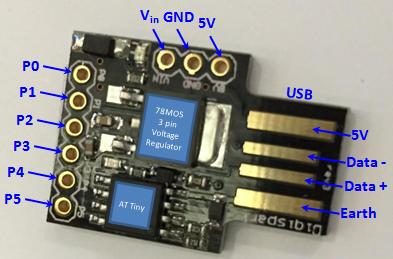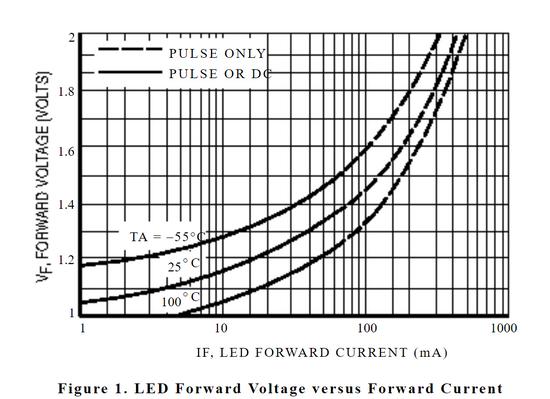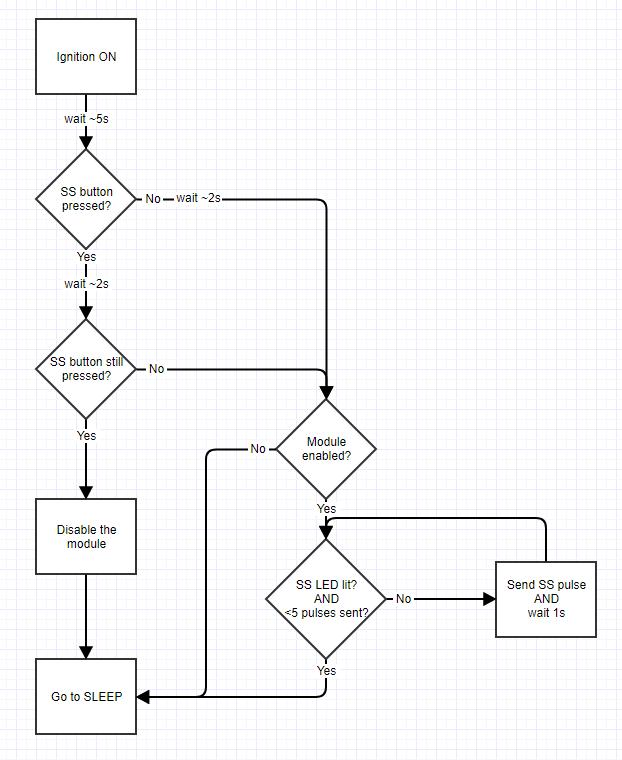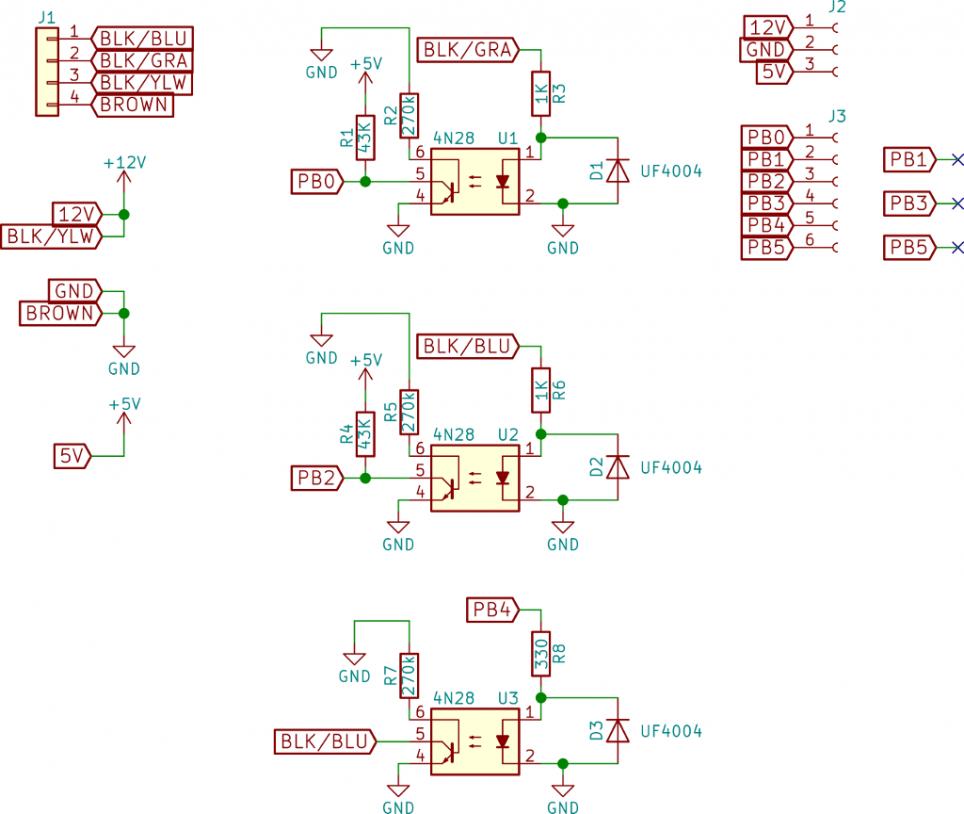Originally posted by wookie_666
View Post

I chose the Digispark because it already has a (simple) 3 x pin voltage regulator mounted on the shield. Just to jaz-up the design, I made a closed-loop design the confirms the status of the SS-off LED inside the console switch.
Anyhow, as you say- the beauty of the adruino "over-kill" is its flexibility and I suspect that your code was less than 10 lines. At the time that I designed my version of the switch, there was only the Digispark, but now there is a Digispark Pro which has an EEPROM fitted. As you will doubtless know, the advantage of the EEPROM is that the switch can remember its own state at the previous ignition cycle.
If you are the type that likes to "embellish", try changing the code so that a long press of the SS console button when the ignition is switched-on disengages the Auto kill switch entirely (and vica-versa). This can be useful when you take your car for a service. I now tell the service manager that the switch is fitted so that he doesn't try to fault find the SS behavior in my car - so a disabling facility is useful!
I have an intention to do this on my arduino version when I get the time!
Don






Comment